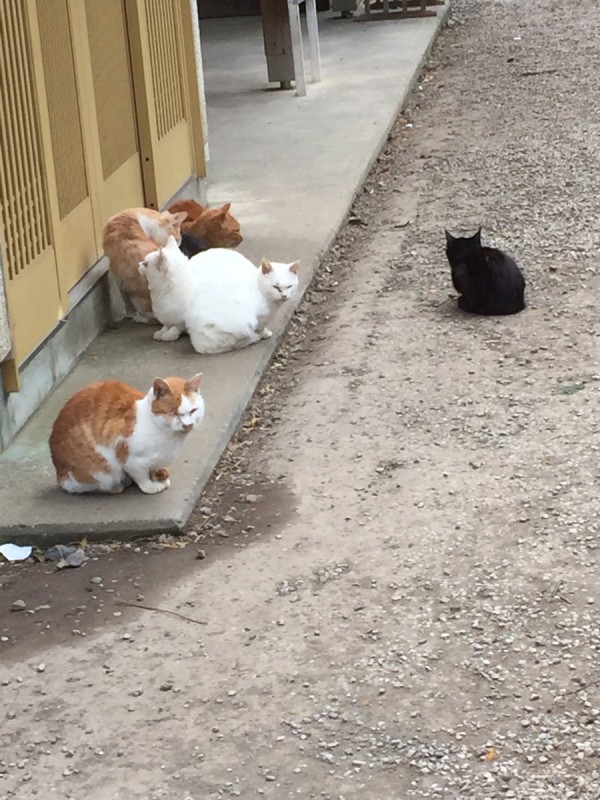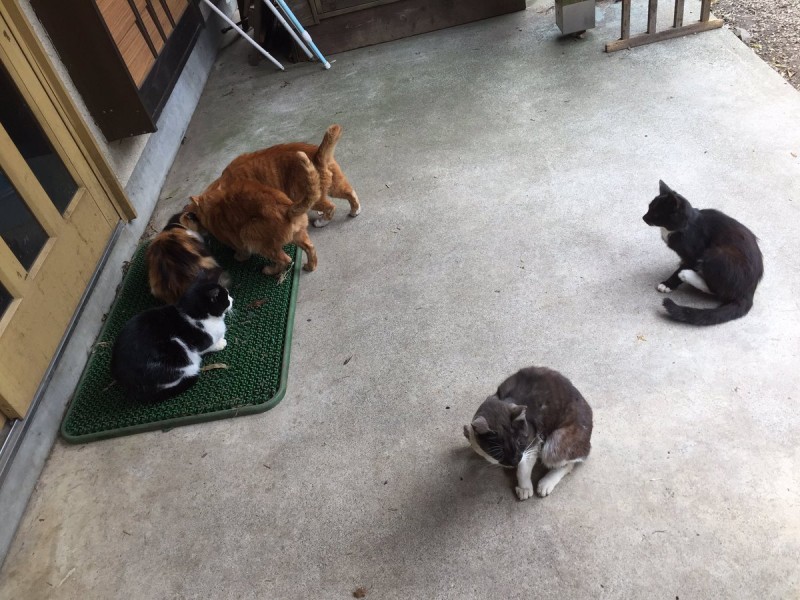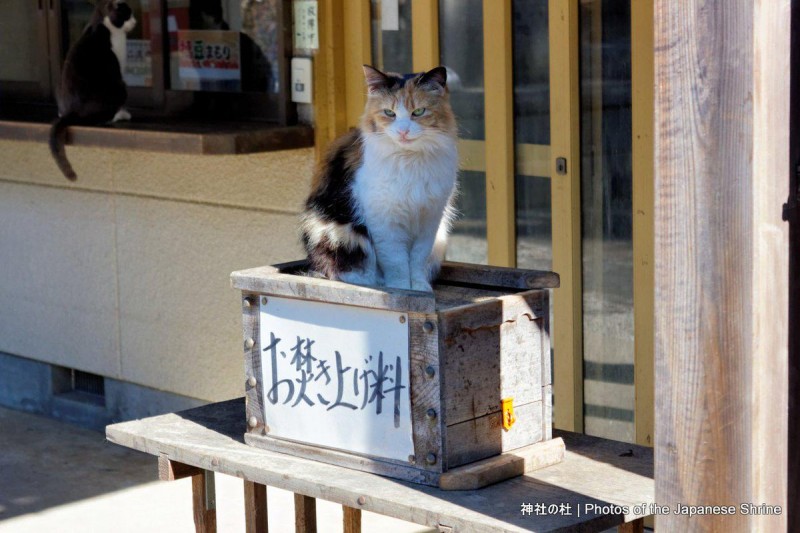“Cat shrine” status causing problems for Japan’s millennium-old Izumoiwai Shrine

Izumoiwai Shrine in Moroyama-machi, Saitama-ken
Priests struggling to humanely keep cat population under control, asking for visitors’ help.
Shinto shrines and cats are often a heartwarming combination, whether the collaboration stems from historical folklore or purely photogenic reasons. Many places of worship welcome their unofficial status as a “cat shrine,” which usually adds a cheery atmosphere to the shrine grounds and helps to draw visitors who offer prayers and donations.
However, Izumoiwai Shrine’s feline connection has become a source of concern for its priests. Located in the town of Moroyama in Saitama Prefecture, the shrine is said to have been founded in the eighth century during Japan’s Nara period. It’s been designated as an Important Cultural Property by the Japanese government, and each spring and autumn it holds demonstrations of yabusame (horseback archery).
However, over the last few years the shrine has also become known for the large number of stray cats that have made it their home. Head priest Masaomi Shidou says that in the beginning only two strays were living on the shrine grounds, but before he realized it their number had grown to more than 10, and now some social media users report seeing more than 30 in a single visit.
Unfortunately, a sudden increase in the cat population also means a sudden increase in the amount of cat droppings, which the priests say give the shrine grounds an unpleasant odor. More troubling still is the damage the animals’ claws have been causing to facilities such as the wooden collection box, and the priests worry the shrine’s main altar may also be damaged in the future.

The compassionate priests don’t want to resort to culling the cats, and so have been looking for ways to halt the feline population growth. Last year, an animal welfare organization neutered roughly 40 cats found living on the grounds, marking the ears of those who’d received the operation. Eventually, though, non-neutered males were once again spotted living at the shrine, though where they’re coming from is unknown.
The shrine is now asking for visitors’ cooperation in its cat population control efforts. With word of Izumoiwai’s cat shrine status being spread through social media, it’s become a popular destination for cat lovers, and though the priests don’t mind visitors giving the kitties loving looks and attention, they’ve put up signs asking them to not feed the cats, in hopes of bringing the problem under control in a humane manner.


But… starving cats is not humane. They ought to ask people to adopt the extra cats.